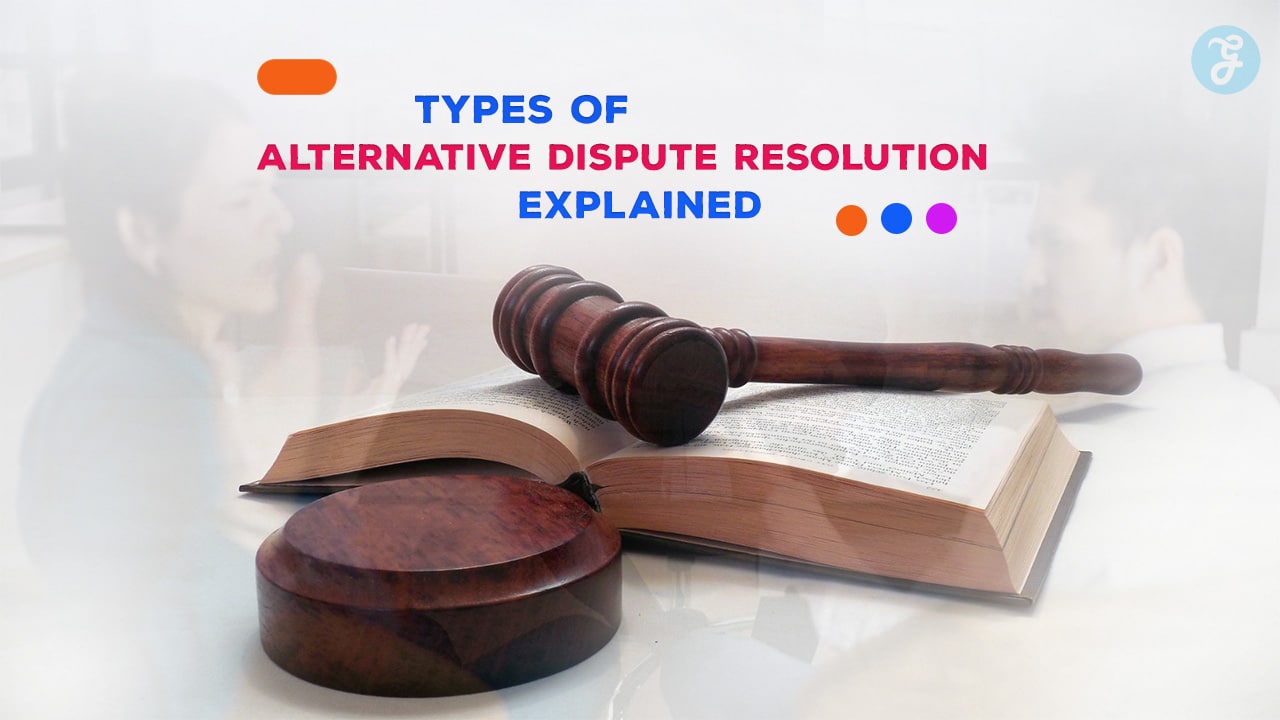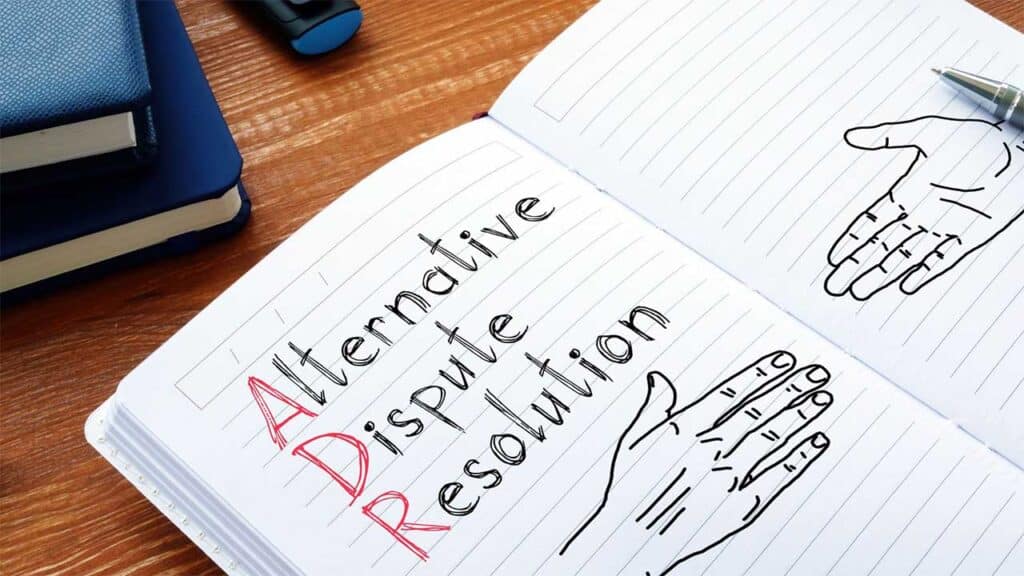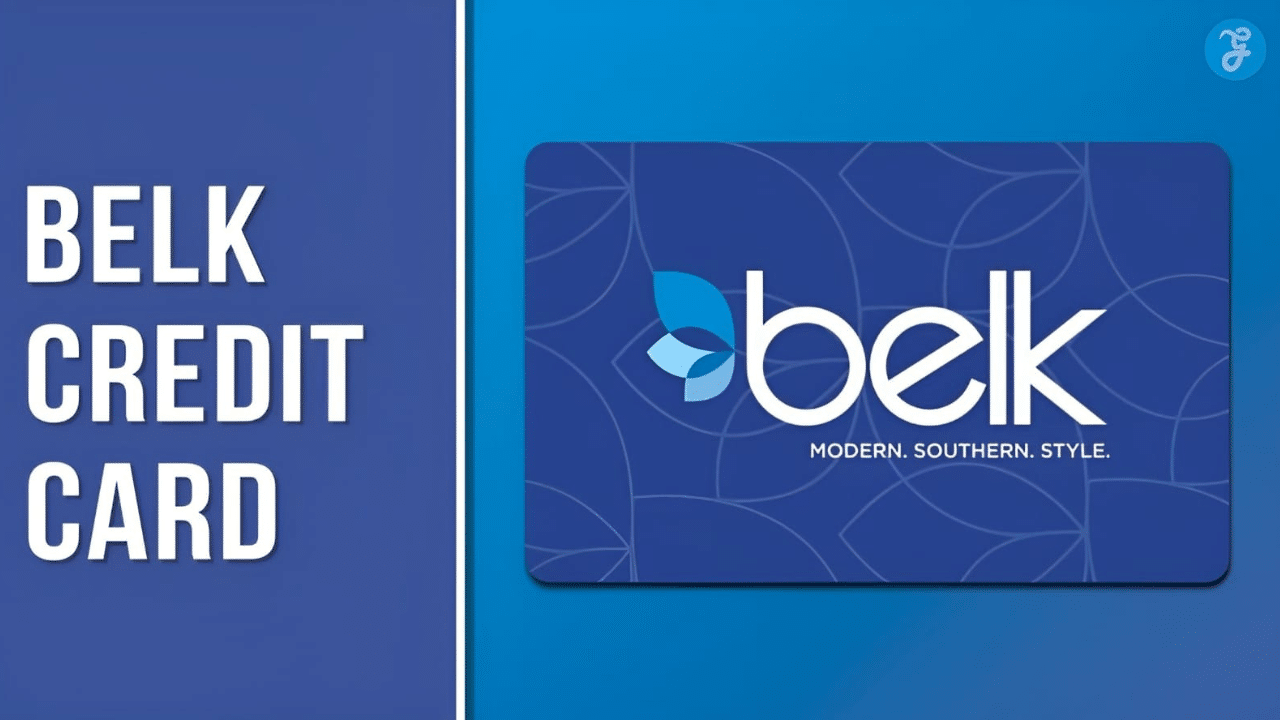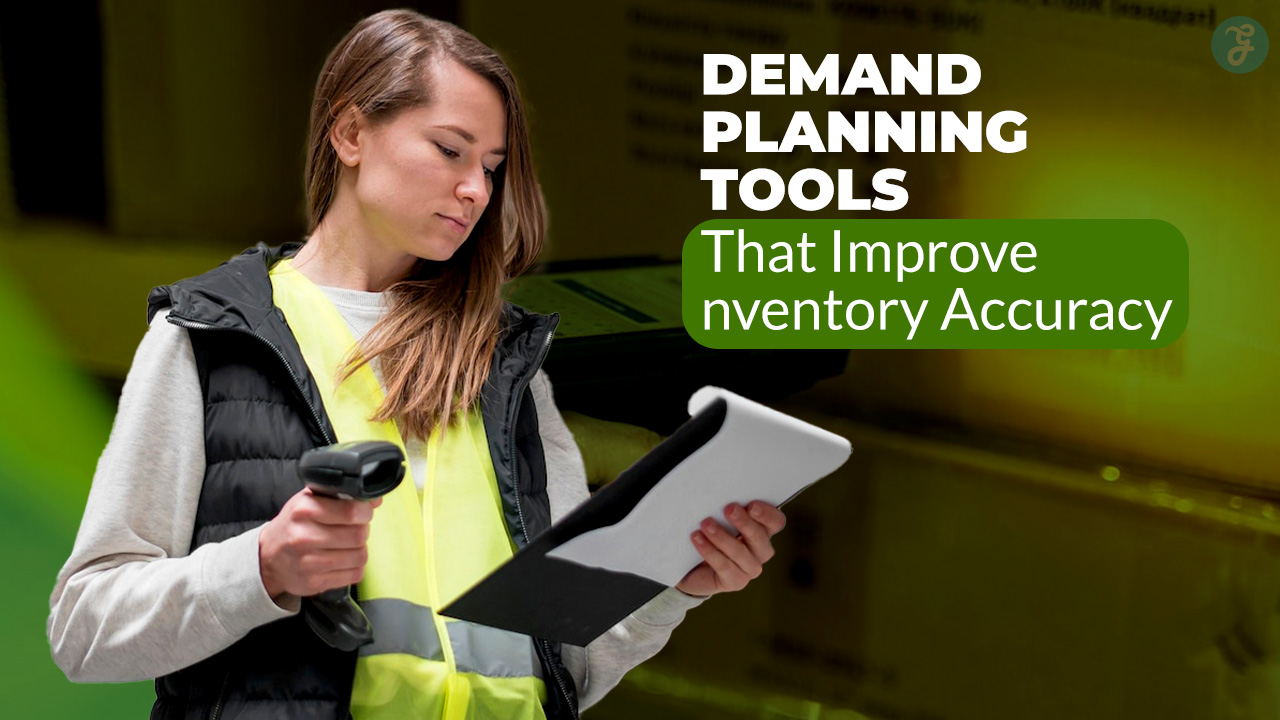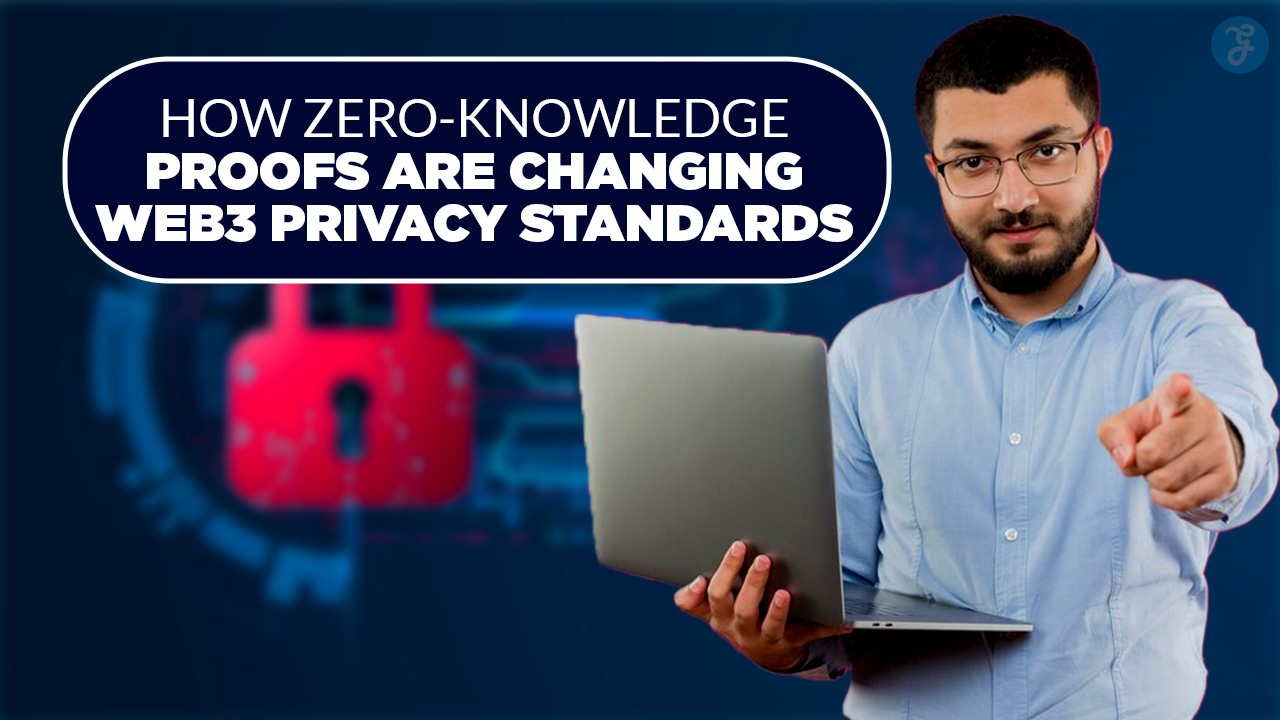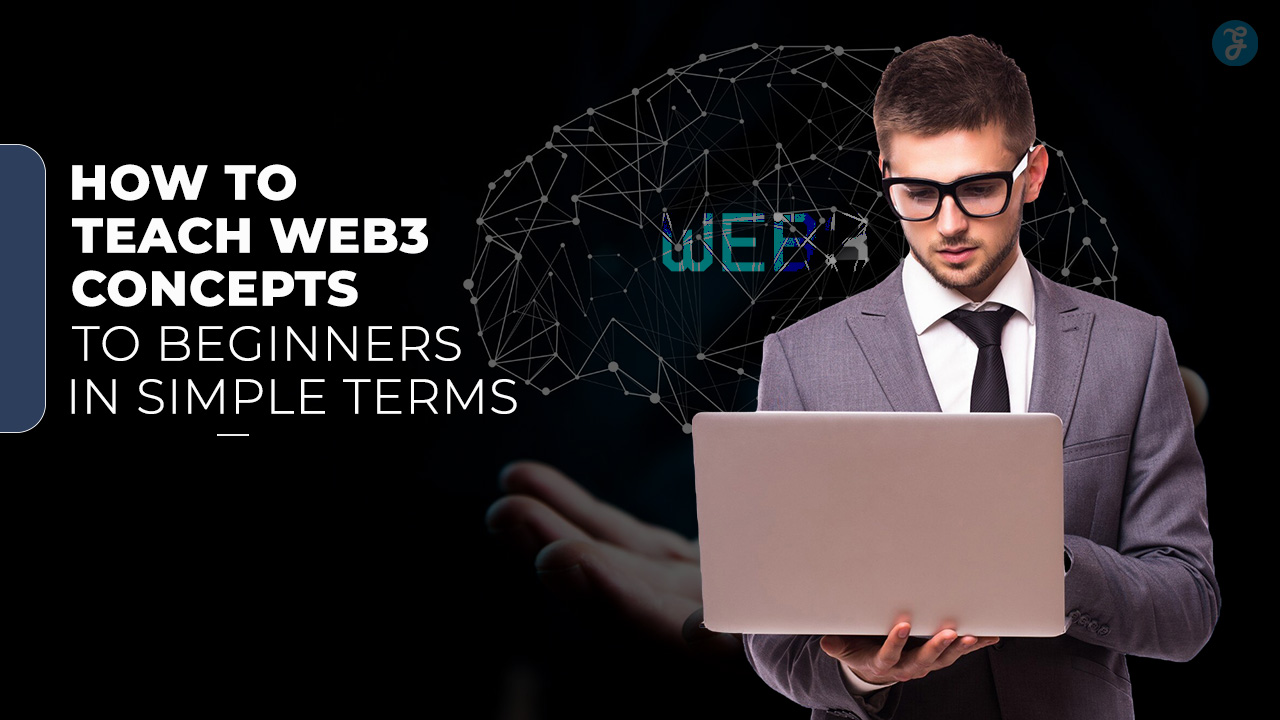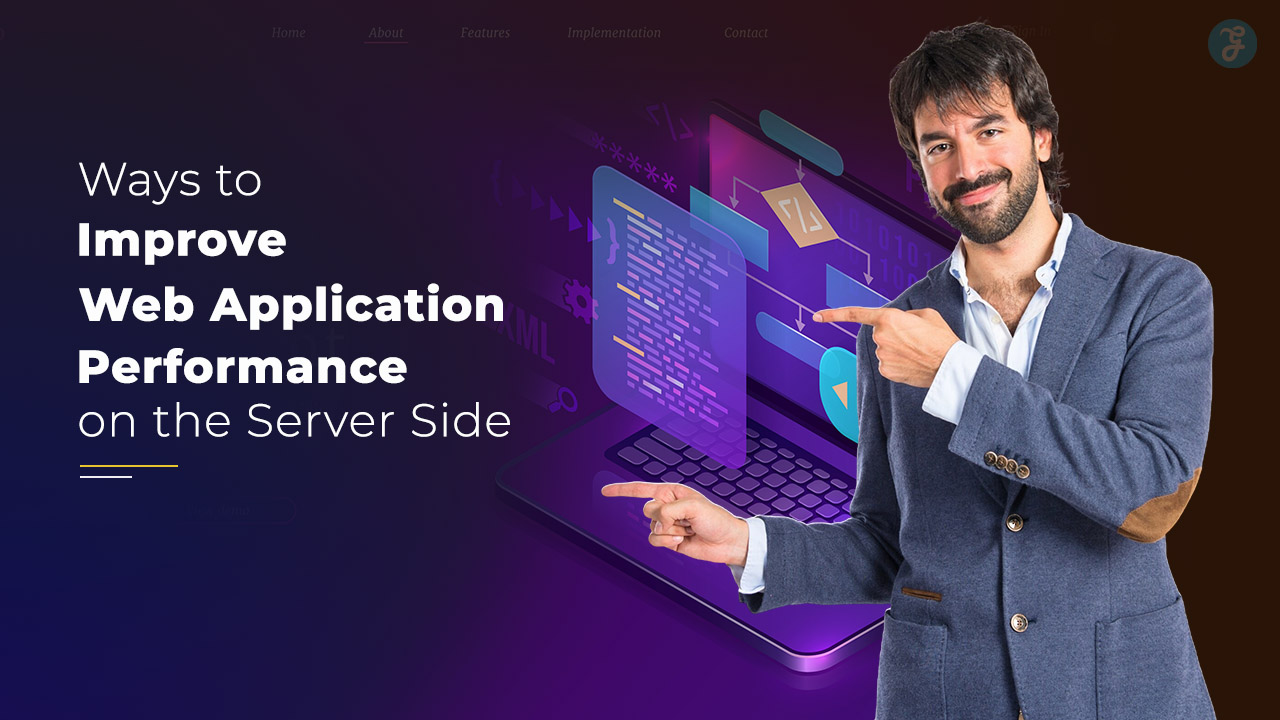Disputes, whether they arise in business, family, or community contexts, can often be stressful, expensive, and time-consuming.
Traditional court litigation is not always the most efficient or amicable way to resolve these conflicts. This is where Alternative Dispute Resolution (ADR) comes into play.
ADR refers to a variety of processes that help people resolve disputes without the need for formal court proceedings.
These methods can save time, reduce costs, and preserve relationships by providing flexible, confidential, and collaborative solutions.
In this article, we’ll explore 20 different types of ADR and explain how they work, when they are used, and their benefits.
1. Mediation
What is Mediation?
Mediation is a voluntary process in which a neutral third-party mediator helps disputing parties reach a mutually acceptable agreement.
Unlike a judge or arbitrator, the mediator does not make decisions for the parties but facilitates communication and negotiation.
How Does it Work?
During mediation, the mediator meets with the parties, either together or separately, to discuss the issues at hand.
The mediator helps clarify misunderstandings, explore possible solutions, and guide the parties toward a resolution.
If the parties reach an agreement, it can be formalized into a binding or non-binding settlement, depending on their preferences.
Benefits of Mediation
- Control:
The parties maintain control over the outcome.
- Confidentiality:
Discussions during mediation are private.
- Cost-Effective:
It is usually less expensive than going to court.
- Preserves Relationships:
Mediation focuses on cooperation, making it ideal for disputes where parties need to maintain a relationship, such as family or business matters.
When is Mediation Used?
Mediation is often used in family law disputes (such as divorce and child custody), workplace conflicts, community disputes, and commercial matters.
It is especially useful when parties are willing to negotiate but need help facilitating discussions.
2. Arbitration
What is Arbitration?
Arbitration is a more formal process where a neutral third-party arbitrator hears both sides of the dispute and makes a binding decision.
Arbitration is similar to a court trial but is usually quicker and less formal.
How Does it Work?
The parties agree to submit their dispute to arbitration, often based on an arbitration clause in a contract.
Both sides present evidence and arguments, and the arbitrator makes a decision that is legally binding.
Some arbitration processes are non-binding, allowing the parties to reject the decision and proceed to litigation if they choose.
Benefits of Arbitration
- Speed:
Arbitration is generally faster than court trials.
- Expert Decision-Making:
Arbitrators are often experts in the relevant field.
- Finality:
Arbitration decisions are binding and enforceable, reducing the likelihood of further disputes.
- Confidentiality:
Proceedings are typically private.
When is Arbitration Used?
Arbitration is frequently used in commercial disputes, employment contracts, construction contracts, and international business transactions.
Many businesses include arbitration clauses in their contracts to avoid the uncertainties of court litigation.
3. Negotiation
What is Negotiation?
Negotiation is a direct, informal process where the disputing parties communicate with each other to reach a mutually acceptable agreement.
There is no third-party facilitator in negotiation unless the parties choose to involve one.
How Does it Work?
Negotiation can take place at any time—before, during, or after litigation.
The parties discuss their issues, present their positions, and attempt to resolve the dispute through compromise.
Successful negotiation results in a settlement agreement that may be legally binding.
Benefits of Negotiation
- Flexibility:
Parties control the negotiation process and outcome.
- Cost-Effective:
Negotiation typically incurs fewer costs than other ADR methods.
- Maintains Relationships:
Negotiation allows parties to collaborate and resolve disputes without damaging relationships.
When is Negotiation Used?
Negotiation is used in virtually all types of disputes, including personal injury claims, contract disputes, real estate matters, and family law cases.
It is often the first step in resolving conflicts and can prevent the need for more formal processes like mediation or litigation.
4. Collaborative Law
What is Collaborative Law?
Collaborative law is a legal process where both parties and their attorneys commit to resolving the dispute outside of court.
It is a structured negotiation process that encourages cooperation and mutual respect.
How Does it Work?
In a collaborative law setting, the parties and their attorneys meet to negotiate an agreement.
If the case cannot be resolved collaboratively, the attorneys must withdraw, and the parties must hire new representation for litigation.
This agreement to avoid court incentivizes both sides to settle amicably.
Benefits of Collaborative Law
- Control Over the Outcome:
Both parties work together to shape the settlement.
- Privacy:
Collaborative law discussions are confidential.
- Focus on Preservation:
It is particularly beneficial in family law, where preserving relationships (e.g., in child custody matters) is important.
When is Collaborative Law Used?
Collaborative law is most commonly used in family law cases, such as divorce, child custody, and property division.
It is ideal for parties who prefer to maintain control over their case rather than leaving the outcome to a judge.
5. Early Neutral Evaluation (ENE)
What is Early Neutral Evaluation?
Early Neutral Evaluation (ENE) involves a neutral evaluator who assesses the strengths and weaknesses of each party’s case early in the dispute.
The evaluator provides an unbiased opinion that can help the parties understand their chances of success in court.
How Does it Work?
The neutral evaluator, usually an expert in the relevant field, reviews the evidence and provides a non-binding evaluation.
This evaluation can be used to guide settlement negotiations or help the parties decide whether to pursue litigation.
Benefits of Early Neutral Evaluation
- Objective Assessment:
Parties receive an impartial view of the case’s strengths and weaknesses.
- Encourages Settlement:
The evaluation can prompt parties to settle early, saving time and costs.
- Reduces Court Burden:
It helps prevent unnecessary litigation by giving parties a realistic view of their case.
When is Early Neutral Evaluation Used?
ENE is often used in complex cases involving technical issues, such as business disputes, intellectual property conflicts, and construction claims. It provides an early reality check for both sides.
6. Mini-Trial
What is a Mini-Trial?
A mini-trial is a structured settlement process where both parties present a condensed version of their case to a panel consisting of senior decision-makers from each party and a neutral advisor.
It combines elements of negotiation, mediation, and arbitration.
How Does it Work?
Each side presents their case in a simplified, time-limited format, similar to a trial.
The panel, which includes representatives from both parties, then attempts to negotiate a settlement based on the information presented.
The neutral advisor may offer guidance or help the parties reach an agreement.
Benefits of a Mini-Trial
- Structured Process:
It offers a formal yet flexible structure for dispute resolution.
- Informed Negotiations:
Senior decision-makers are directly involved, allowing for informed and expedited decisions.
- Private and Confidential:
Unlike court trials, mini-trials are held in private, which protects sensitive business information.
When is a Mini-Trial Used?
Mini-trials are most commonly used in large-scale commercial disputes, such as those involving contracts, intellectual property, or partnership issues.
They are particularly useful when both parties want to avoid the high costs and risks of a full trial.
7. Summary Jury Trial
What is a Summary Jury Trial?
A Summary Jury Trial is a short, mock trial in which the parties present their cases to a jury.
The jury’s decision is non-binding and is meant to give the parties a sense of how their case might be perceived if it goes to trial.
How Does it Work?
Both parties present a brief version of their case to a jury in a format that mirrors a real trial.
The jury then delivers an advisory verdict, which can help guide settlement negotiations.
This process is often used to assess the strengths and weaknesses of a case without committing to a full trial.
Benefits of a Summary Jury Trial
- Jury Insight:
Parties get feedback from a jury without the risks of a full trial.
- Encourages Settlement:
The advisory verdict can lead to settlement by providing an objective perspective on the case.
- Low-Risk:
Since the verdict is non-binding, it provides a risk-free opportunity to evaluate the case’s potential outcome.
When is a Summary Jury Trial Used?
This process is frequently used in civil cases, such as personal injury claims, contract disputes, and other cases where parties want to avoid the costs of a full trial but still value a jury’s input.
8. Med-Arb
What is Med-Arb?
Med-Arb is a hybrid ADR process that combines mediation and arbitration.
Parties first attempt to resolve their dispute through mediation, and if mediation fails, the mediator becomes the arbitrator and issues a binding decision.
How Does it Work?
The process begins with mediation, where the mediator facilitates negotiation between the parties.
If mediation does not lead to a resolution, the same neutral party switches roles and serves as the arbitrator.
The arbitrator listens to both sides and renders a binding decision based on the information gathered during the mediation.
Benefits of Med-Arb
- Flexibility:
Parties have the opportunity to resolve disputes through negotiation first but have the security of a final, binding resolution if needed.
- Time-Efficient:
Med-Arb saves time by combining two processes into one, avoiding the need to start over with a new arbitrator.
- Preserves Confidentiality:
The mediator-turned-arbitrator is already familiar with the dispute, so the process remains confidential and streamlined.
When is Med-Arb Used?
Med-Arb is commonly used in labor disputes, commercial disputes, and employment law cases where parties want a fair resolution without going through the entire court process.
9. Arb-Med
What is Arb-Med?
Arb-Med is another hybrid process, but it begins with arbitration instead of mediation.
In Arb-Med, the arbitrator renders a decision after hearing the case but keeps the decision confidential while the parties attempt to resolve the issue through mediation.
How Does it Work?
After the arbitration phase, the arbitrator’s decision is sealed, and the parties proceed to mediation.
If the mediation succeeds, the arbitrator’s decision is never revealed.
However, if mediation fails, the arbitrator’s decision becomes binding and is enforced.
Benefits of Arb-Med
- Encourages Settlement:
Knowing that a decision has already been made encourages parties to reach a mediated settlement.
- Flexibility and Finality:
Arb-Med offers the best of both worlds—an opportunity to mediate but with a final decision as a fallback.
- Efficient:
The process combines two ADR methods into one streamlined process, saving time and costs.
When is Arb-Med Used?
Arb-Med is suitable for complex commercial or labor disputes, contract disagreements, and insurance claims where parties seek mediation but require a binding resolution if mediation fails.
10. Ombudsman
What is an Ombudsman?
An ombudsman is a neutral third party who investigates and helps resolve complaints within an organization.
The role of an ombudsman is to act as a mediator or problem-solver, especially in disputes involving employees, customers, or citizens.
How Does it Work?
The ombudsman listens to complaints, investigates the situation, and works with the parties involved to find a fair and impartial resolution.
While the ombudsman does not have decision-making authority, their recommendations can influence resolutions within the organization.
Benefits of Ombudsman Services
- Neutral:
The ombudsman is an impartial advocate for fairness, helping both sides resolve the issue amicably.
- Confidential:
Conversations with the ombudsman are typically confidential, allowing individuals to express concerns without fear of retaliation.
- Increases Trust:
Having an ombudsman promotes transparency and fairness within an organization, which can improve morale and trust.
When is an Ombudsman Used?
Ombudsmen are commonly used in government agencies, universities, large corporations, and healthcare organizations to address grievances and facilitate resolution without legal proceedings.
11. Conciliation
What is Conciliation?
Conciliation is an informal dispute resolution process in which a conciliator, similar to a mediator, helps the parties resolve their differences.
However, unlike mediators, conciliators play a more active role in proposing solutions.
How Does it Work?
The conciliator meets with both parties, either separately or together, to understand their issues.
After listening to both sides, the conciliator suggests solutions that could help resolve the dispute.
The parties can accept or reject these suggestions.
Benefits of Conciliation
- Active Participation:
The conciliator actively offers solutions, making the process faster and more directive than mediation.
- Cost-Effective:
Like mediation, conciliation avoids the high costs associated with formal litigation.
- Confidential:
The process is private, and the discussions remain confidential.
When is Conciliation Used?
Conciliation is often used in labor disputes, employment law cases, and consumer complaints, especially where parties need a neutral third-party to help suggest fair outcomes.
12. Neutral Fact-Finding
What is Neutral Fact-Finding?
Neutral Fact-Finding involves a neutral third-party expert who investigates the facts of a dispute and provides a report to help the parties resolve the issue.
This process is often used when technical or factual disputes require clarification.
How Does it Work?
The fact-finder collects evidence, interviews witnesses, and analyzes relevant information before preparing a neutral report.
This report can be used by the parties in negotiations or arbitration as a basis for resolving the dispute.
Benefits of Neutral Fact-Finding
- Expertise:
The fact-finder is usually an expert in the relevant field, ensuring that complex issues are analyzed with technical precision.
- Clarifies Issues:
Neutral fact-finding can clarify complicated facts and narrow the scope of a dispute, making settlement negotiations more productive.
- Objective:
The fact-finder provides an unbiased, independent perspective on the issues at hand.
When is Neutral Fact-Finding Used?
This process is commonly used in disputes involving technical or scientific issues, such as environmental cases, construction disputes, or medical malpractice claims.
13. Private Judging
What is Private Judging?
Private judging involves hiring a retired judge or attorney to resolve a legal dispute outside the formal court system.
The judge’s decision is legally binding and enforceable, similar to a court judgment.
How Does it Work?
The process is similar to a formal trial but occurs in a private setting.
Both parties present their cases to the private judge, who reviews the evidence and renders a decision.
The private judge’s decision is binding and can be appealed in certain circumstances.
Benefits of Private Judging
- Control Over Timing:
Private judging allows parties to avoid long court delays and set their own timeline for resolving the dispute.
- Expertise:
Private judges are often chosen based on their expertise in specific areas of law, ensuring a knowledgeable decision.
- Confidentiality:
Proceedings are private, protecting sensitive information from becoming public.
When is Private Judging Used?
Private judging is used in complex civil cases, such as business disputes, high-stakes litigation, and cases where both parties want to avoid the delays and publicity associated with the court system.
14. Online Dispute Resolution (ODR)
What is Online Dispute Resolution?
Online Dispute Resolution (ODR) uses technology and digital platforms to resolve disputes.
This method allows parties to participate in mediation, arbitration, or negotiation through video conferencing, online platforms, or chat rooms.
How Does it Work?
The entire dispute resolution process—from submitting documents to conducting mediation sessions—occurs online.
Parties can communicate with mediators, arbitrators, or negotiators through secure online platforms, share evidence, and settle the dispute without ever meeting in person.
Benefits of Online Dispute Resolution
- Convenience:
ODR allows parties to resolve disputes from anywhere, making it ideal for cross-border conflicts or disputes where parties are geographically distant.
- Cost-Effective:
ODR reduces travel expenses and other logistical costs associated with in-person ADR methods.
- Accessible:
ODR opens up dispute resolution to parties who may not have access to traditional ADR methods.
When is Online Dispute Resolution Used?
ODR is commonly used in eCommerce disputes, intellectual property conflicts, and cross-border commercial disputes.
It is especially useful in international cases where the parties may be in different countries.
15. Collaborative Divorce
What is Collaborative Divorce?
Collaborative divorce is a process where both spouses and their respective attorneys work together to resolve divorce-related issues without going to court.
It is a structured negotiation that emphasizes cooperation over conflict.
How Does it Work?
Both spouses commit to resolving their divorce issues—such as property division, child custody, and spousal support—through negotiations rather than litigation.
If the collaborative process fails, the attorneys involved must withdraw, and new legal representation must be sought.
Benefits of Collaborative Divorce
- Amicable:
Collaborative divorce is designed to reduce animosity and preserve relationships, especially when children are involved.
- Privacy:
The entire process is conducted privately, keeping sensitive family matters out of the public record.
- Cost-Effective:
Collaborative divorce avoids the high costs of a drawn-out litigation process.
When is Collaborative Divorce Used?
This method is most commonly used in divorce cases where both parties are willing to negotiate and want to avoid the emotional and financial toll of a traditional courtroom divorce.
16. Community Mediation
What is Community Mediation?
Community mediation is a voluntary process designed to resolve disputes within a local community, such as neighborhood conflicts, tenant-landlord disputes, or small claims issues.
Community mediation centers often provide trained volunteer mediators to assist with these cases.
How Does it Work?
The mediator meets with the parties involved, listens to their concerns, and facilitates a discussion aimed at finding a mutually acceptable resolution.
Community mediation is usually less formal and more accessible than other ADR methods, often offered for free or at a low cost.
Benefits of Community Mediation
- Accessible:
Community mediation is often free or affordable, making it accessible to individuals who may not have the means for traditional ADR methods.
- Confidential:
The process is confidential, encouraging open dialogue.
- Restores Harmony:
It focuses on preserving community relationships and resolving conflicts amicably.
When is Community Mediation Used?
This method is commonly used in neighborhood disputes, tenant-landlord disagreements, and minor civil cases where both parties prefer a peaceful resolution without escalating the conflict to the courts.
17. Court-Ordered Mediation
What is Court-Ordered Mediation?
Court-ordered mediation is a process in which a judge requires the parties involved in a legal dispute to attempt to resolve their issues through mediation before proceeding to trial.
The mediator facilitates negotiations, but the parties retain control over the outcome.
How Does it Work?
The court assigns a mediator, or the parties can choose their own.
The mediator meets with the parties, helps them discuss their issues, and attempts to guide them toward a settlement.
If mediation fails, the case proceeds to trial.
Benefits of Court-Ordered Mediation
- Reduces Court Caseload:
By encouraging settlement, court-ordered mediation helps reduce the number of cases that go to trial.
- Cost-Effective:
Mediation can be a more affordable alternative to full litigation.
- Flexibility:
Parties still have the option to litigate if mediation does not result in a settlement.
When is Court-Ordered Mediation Used?
This method is commonly used in civil cases, including family law disputes, small claims, and contract disputes.
It is often mandatory in some jurisdictions before a case can proceed to trial.
18. Peer Mediation
What is Peer Mediation?
Peer mediation is a conflict resolution process used in schools and other youth-focused environments, where trained student mediators help their peers resolve disputes in a safe, supportive setting.
How Does it Work?
Students who are involved in a conflict meet with peer mediators, who facilitate a structured conversation to help the disputing parties reach a resolution.
The goal is to resolve conflicts amicably while teaching students valuable communication and problem-solving skills.
Benefits of Peer Mediation
- Empowering:
Peer mediation empowers young people to take responsibility for resolving their conflicts.
- Reduces Bullying:
It can help reduce bullying and other disciplinary issues by teaching students to resolve conflicts peacefully.
- Positive School Environment:
Peer mediation contributes to a more positive school culture and helps students develop lifelong conflict resolution skills.
When is Peer Mediation Used?
Peer mediation is commonly used in schools to address issues such as bullying, friendship disputes, and minor disciplinary conflicts. It is also used in community youth programs.
19. Settlement Conferences
What is a Settlement Conference?
A settlement conference is a meeting between the parties in a lawsuit, their attorneys, and a judge or neutral third party.
The purpose is to discuss the case and attempt to settle it without going to trial.
How Does it Work?
Both parties present their positions to the judge or neutral evaluator, who may offer opinions on the strengths and weaknesses of each side’s case.
The parties then negotiate a settlement based on this feedback.
Benefits of Settlement Conferences
- Judicial Guidance:
Parties benefit from the judge’s or evaluator’s perspective on the case.
- Encourages Settlement:
A settlement conference often leads to a resolution without the need for a trial.
- Saves Time and Money:
Settling a case before trial reduces legal costs and court time.
When is a Settlement Conference Used?
Settlement conferences are commonly used in civil cases, particularly when the case is complex and going to trial would be expensive and time-consuming.
They are also used in family law disputes.
20. Restorative Justice
What is Restorative Justice?
Restorative justice is an ADR process that focuses on repairing the harm caused by criminal behavior.
It involves a dialogue between the offender, the victim, and the community, with the goal of promoting accountability and healing.
How Does it Work?
The offender meets with the victim and a facilitator to discuss the impact of the crime and agree on steps the offender can take to make amends.
This process emphasizes accountability, reconciliation, and the restoration of relationships.
Benefits of Restorative Justice
- Healing:
Restorative justice provides an opportunity for victims to express their feelings and for offenders to take responsibility for their actions.
- Community Involvement:
It involves the community in the justice process, promoting healing and preventing future conflicts.
- Alternative to Punishment:
Restorative justice focuses on rehabilitation rather than punishment, especially in cases involving youth or minor offenses.
When is Restorative Justice Used?
Restorative justice is often used in juvenile justice systems, minor criminal offenses, and community disputes.
It focuses on reconciliation and accountability rather than retribution.
Final Thoughts
Alternative Dispute Resolution (ADR) offers a variety of methods to resolve conflicts without the need for formal litigation.
From mediation and arbitration to restorative justice and peer mediation, each type of ADR has its strengths and is suited for different kinds of disputes.
By understanding these 20 ADR methods, individuals and organizations can choose the most appropriate and efficient way to resolve their disputes.
ADR not only saves time and costs but also preserves relationships and promotes a more collaborative approach to conflict resolution.


